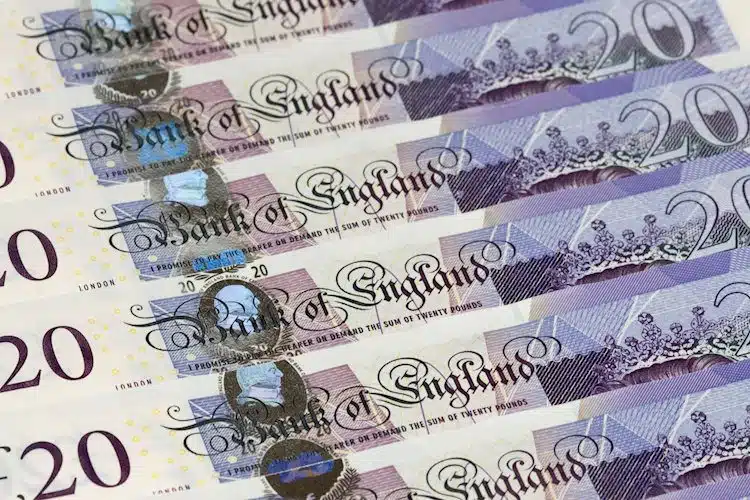The US Dollar extended its gains during the American session on Friday, supported by economic data that continues to point to more rate hikes from the Federal Reserve. This, in turn, drove the GBP/USD to test levels under the critical support area of 1.1940.
The pound has been consolidating its weekly losses as a result of a stronger US Dollar and higher yields. The 2-year Treasury yield rose to its highest level since November, reaching 4.79%, while the 10-year yield moved closer to 4%. The US Dollar was also buoyed by a deterioration of market sentiment, leading the GBP/USD to break decisively below the 1.2000 level.
At the time of writing, the GBP/USD is hovering around 1.1940/50, down nearly 100 pips from its level a week ago. The weekly chart shows the price testing the 20-week moving average, after failing to recover above the 20-day moving average at 1.2120.
Should the pair close below the 1.1940 support area, where the 100 and 200 Daily Moving Averages (DMAs) converge, a sharp sell-off could be expected, with the next target being the 1.1900 round figure. Further south, the 2023 low of 1.1841 could be the next level of interest for sellers.
For the GBP/USD to initiate a fresh recovery, it needs to break above the 1.2150 static resistance and the 50-day DMA.
From a technical perspective, the GBP/USD is testing the 1.1940 support area, which is critical for the pair to maintain its current uptrend. In the event of a daily closing below this level, a sharp sell-off could be expected. On the other hand, for the pair to initiate a fresh recovery, it needs to break above the 1.2150 static resistance and the 50-day DMA.
The US Dollar has been gaining ground in recent weeks, supported by the expectation of more rate hikes from the Federal Reserve. This, in turn, has been putting pressure on the GBP/USD, which is currently testing levels under the 1.1940 support area.
In the short term, the pair’s performance will depend on the US economic data and market sentiment. A break below the 1.1940 support area could lead to a sharp sell-off, while a break above the 1.2150 resistance could trigger a recovery.
In conclusion, the US Dollar has been gaining ground in recent weeks, driven by expectations of more rate hikes from the Federal Reserve. This has been putting pressure on the GBP/USD, which is currently testing levels under the 1.1940 support area. In the short term, the pair’s performance will depend on the US economic data and market sentiment. A break below the 1.1940 support area could lead to a sharp sell-off, while a break above the 1.2150 resistance could trigger a recovery.


